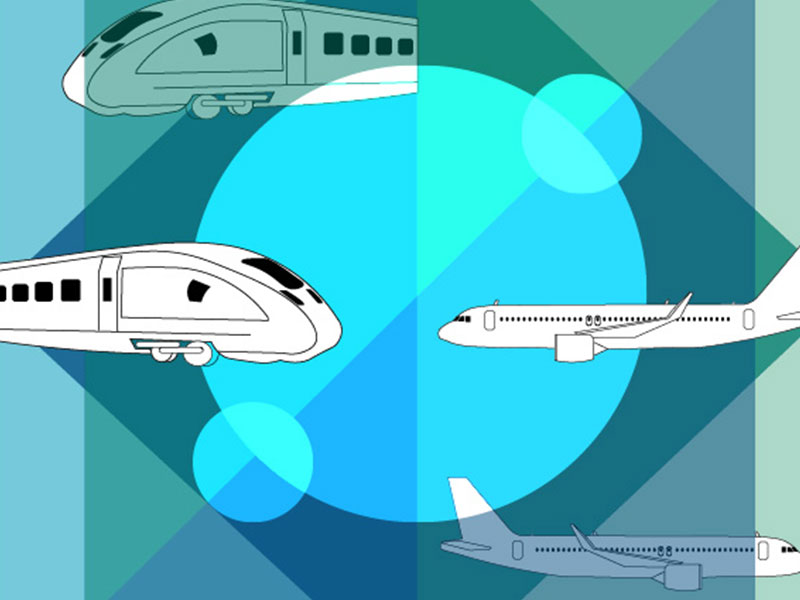TERM 2020 Train or plane?
19089
2020
The European Environment Agency publishes the annual TERM report, which examines the environmental impact of transport activities in the EU and charts the progress of transport policy goals. In the TERM 2020 report, TML analysed the environmental impact of passenger rail and air transport, with recommendations for policy measures that promote more ecofriendly travel choices.
Every year, the European Environment Agency publishes its TERM report, which examines the environmental impact of transport activities. This annual report provides an overview of current transport and environmental trends and charts progress towards transport policy objectives. Within the European Topic Centre on Air, Transport, Noise and Industrial Pollution (ETC/ATNI), Transport & Mobility Leuven leads the task of preparing the reports for the years 2019 - 2021.
With this report, we inform policymakers about the current state of affairs and the environmental impact of passenger rail and air transport in Europe. It presents the environmental impact of rail and air travel in Europe, both in general and for 20 connections between European cities. Furthermore, the report examines how travel choices and their environmental impacts relate to the existing policy context: what factors influence the future environmental performance of rail and air travel and what policies and actions can promote more environmentally friendly choices?
Aviation causes significant climate impacts and local environmental problems. Moreover, air traffic is also expected to grow - although the timing and pace of growth have become more uncertain because of COVID-19 - leading to an expected increase in local and global environmental impacts of air traffic, despite expected improvements in the sector's eco-efficiency. This report examines the extent to which one can reduce the environmental footprint of travel by shifting to less polluting modes of transport.
The overall comparison and the specific results for the 20 city pairs show that rail travel always has lower environmental costs. The emission impacts of aviation are invariably greater per passenger kilometre. Nevertheless, flying is not necessarily the choice with the greatest environmental impact. This role is often taken by the low occupancy fossil fuel car.
Based on these findings, it is not easy to infer what a future shift from air to rail transport might do for the environment. For example, if a major shift to rail requires new infrastructure, the environmental impact of infrastructure construction and maintenance must be offset by the reduction in environmental pressure from the new rail link. Existing policies must also be considered. For the 20 links analysed, electric rail and air transport are covered by the European Emissions Trading Scheme, which affects the ultimate impact of a modal shift on greenhouse gas emissions. Policies are also expected to change the environmental impacts of both rail and aviation in the future.
The analysis in the report is based on desk research, calculations, and analysis of emissions and external costs of transport modes.
The TERM 2020 report was published on 24 March 2021.
You can download the TERM 2020 report 'Train or plane?' published by the European Environment Agency from our website.


